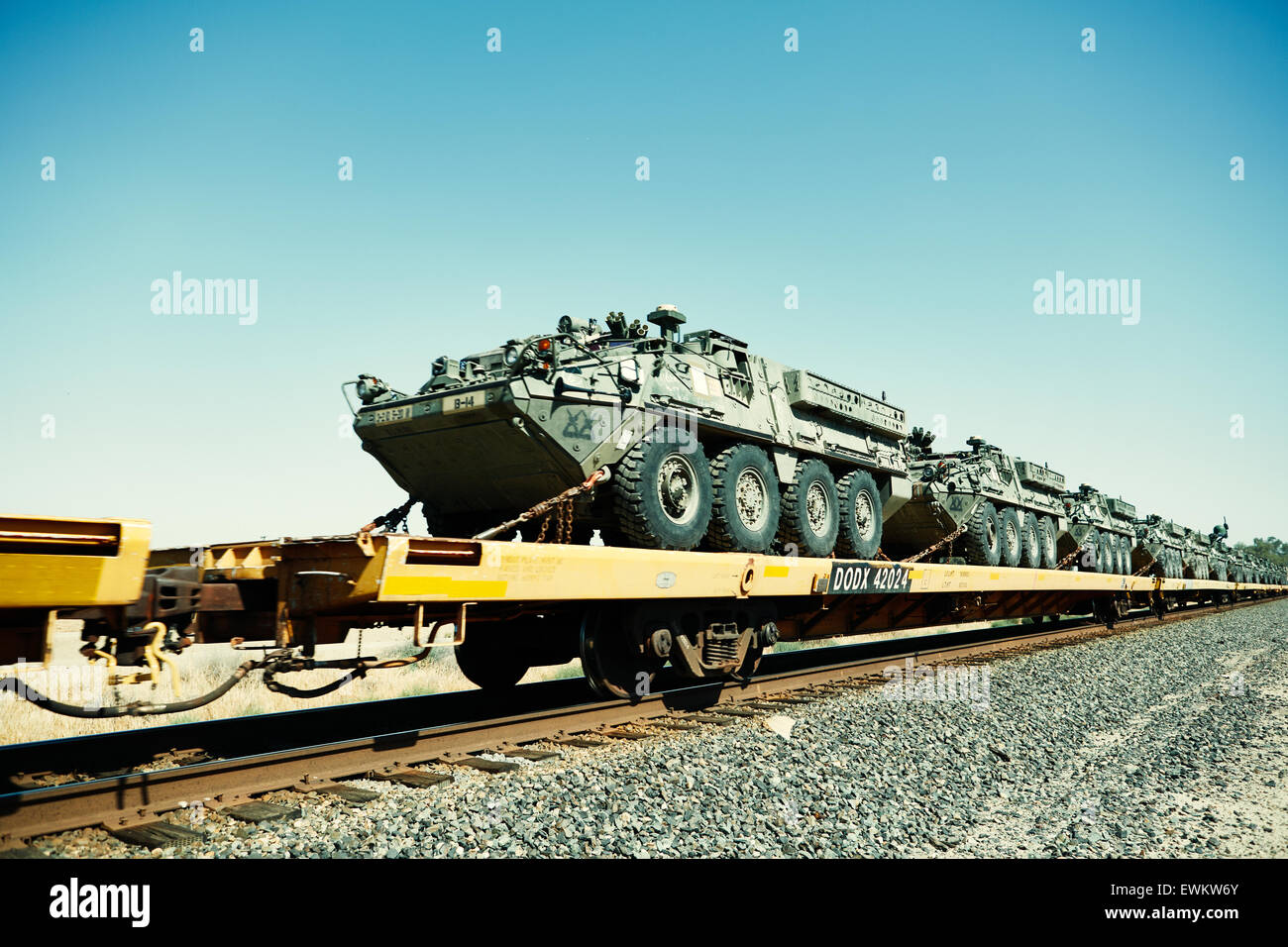
New explosive reactive armour, which explodes against the incoming shell that activates it to counter its effects, makes it unlikely that a conventional 88mm shell would penetrate the hide of an M1 Abrams, a T-80, a Merkava or, for that matter, a Challenger, all of which are armoured to resist the sort of 120mm to 125mm SABOT or HEAT rounds that they themselves fire using various advanced guidance systems.

I was a “war baby” and over the years I have everyone praising the power of the Nazi German “88” gun when used against Allied tanks, etc. Just as a matter of interest, how would a modern, say, Abrams tank with all its much vaunted armoured protection fare if struck by one of these huge shells?Īside from the fact that we and the Germans have not been trading shots since May 1945, the state of the art of armoured-or armored, as we spell it over here-warfare has changed considerably since then. The article has been corrected.How Would an Abrams Tank Fare Vs. Update: this article was accidentally edited to imply that infantry tanks typically had less effective armor. And while everything seems to be twice as big, the performance gains are often exponentially better: the main gun of the Challenger may be twice as wide in diameter but's many, many times more effective. The Challenger is superior in every way, from speed to cross-country performance. The difference between the two tanks in the video is huge. The Challenger 2 in the video has an extra layer of reactive armor on the side of the turret and hull, and cage-like " slat armor" surrounding the rear engine compartment-two upgrades that came about as a result of experience in the Iraq War. Armored protection is classified but is known to use so-called "Chobham armor", a mixture of ceramic and metal composites also used in earlier versions of the M1 Abrams tank. It speeds along at up to 37 miles an hour, more than twice as fast as the Churchill, and has more than double the horsepower to weight ratio.Ĭhallenger 2 is armed with a 120-millimeter rifled anti-tank gun and, like the Churchill, it has two smaller 7.62-millimeter machine guns for engaging infantry, anti-tank missile crews, and light vehicles.

At 27 feet long and 65 tons, it's more than fifty percent heavier than its ancestor the Churchill. The Challenger 2 tank, which came into service in 1998, is the standard main battle tank of the British Army.


 0 kommentar(er)
0 kommentar(er)
